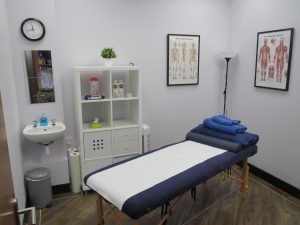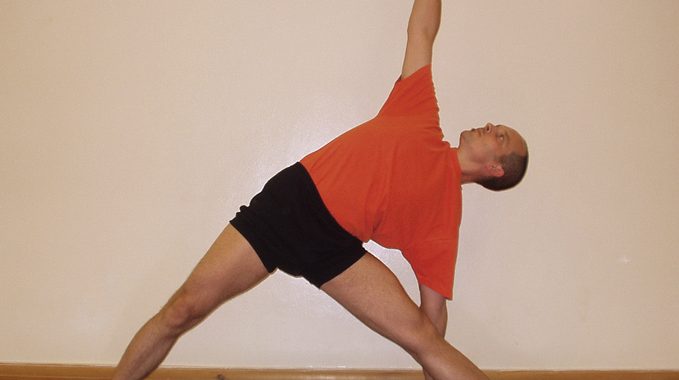In this blog, our Stafford and Newport chiropractor talks about the importance of balance and coordination, and how it can be an indicator of spinal and nervous system health.
Balance and coordination are vital to our normal everyday movements and a good quality of life. If one or both of these areas are compromised, it can profoundly affect our strength, mobility and overall wellbeing.
There can be many reasons that your balance and coordination can be adversely affected, and if you do find that you are suffering with balance problems or changes in your coordination, it’s important that you are assessed thoroughly by an appropriate healthcare professional to rule out potential underlying medical causes. However, in this article I’m going to discuss how changes in balance and coordination can be affected by your spinal biomechanics; or in other words: problems with your back or neck.
As a chiropractor, I see lots of clients with back and neck problems, and we are experts in assessing and treating spinal conditions. It’s very common in my experience for clients to become biomechanically unstable after an injury i.e. unable to tolerate movements in the neck or low back without sharp pain or re-injury. Why do you think this is? Why does the body struggle to contract and engage the spinal and neck stabilisers when the muscles are still there? The answer lies in the nervous system.
The spinal structures, including the joints and the surrounding small muscles, ligaments and tendons are constantly sending messages to the brain via mechanoreceptors (nerve endings) which sense pressure, movement and stretch. This feedback is sent to the brain, which then combines it with input from various other areas (including visual and inner ear) and decides how best to stabilise the area and control coordination of movement. This subconscious awareness of position, stabilisation and coordination occurs thousands of times per second, and is often known as proprioception.
It is thought that acute injury or long term movement dysfunction issues (such as osteoarthritis), can disrupt or override this feedback mechanism and lead to further instability, injury or damage. It’s not surprising that a lot of clients I see with acute or chronic spinal issues have terrible balance and coordination. Chiropractic techniques, combined with appropriate exercises for balance and strength have been shown in various studies to help with improving proprioception.
If you need help, then come and see what our chiropractors in Stafford and Newport can do for you.
We look forward to seeing you.
Chris Mallett
Principal Chiropractor, Pure Health Chiropractic & Wellness (Stafford and Newport)
Yoga Image By Matthew Greenfield (Own work) [CC BY-SA 3.0 (https://creativecommons.org/licenses/by-sa/3.0)], via Wikimedia Commons


